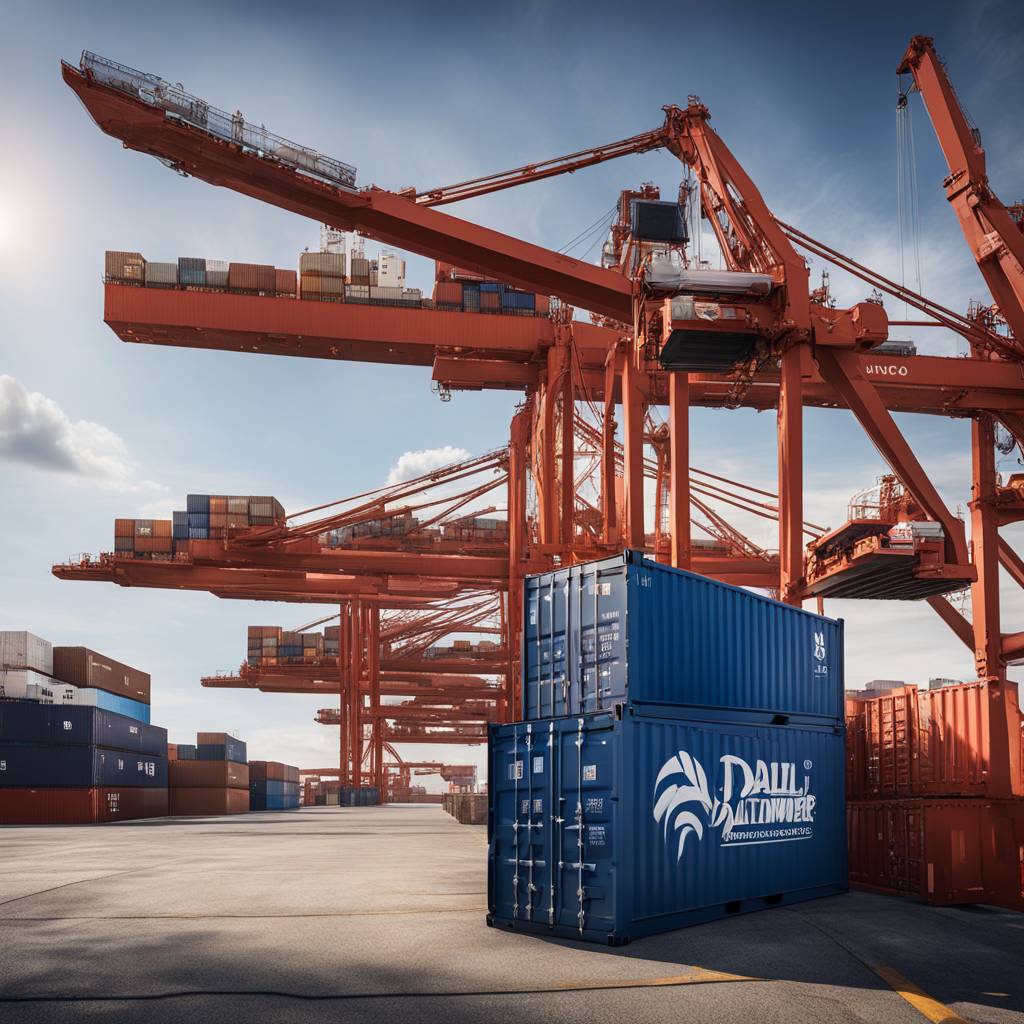The process of removing shipping containers from the 984-foot-long Dali, which was involved in a bridge collapse on March 26 in Baltimore, has begun. The Unified Command, consisting of various agencies and organizations, has started the process to clear the canal and reopen the Port of Baltimore for container traffic. The primary goal is to create a safe working area for recovery efforts for missing workers and debris removal. It is expected to take weeks to complete the removal of approximately 140 containers to lighten the grounded vessel so it can be refloated and moved by tugs.
Seven containers have been removed since the start of the container removal process on Sunday. These containers are leaning over on the port side of the Dali’s bow, posing a risk to crews working in the area. The removed containers have been transported to Sparrows Point, where they will remain until further disposition is approved and coordinated. The logistics for cleared containers are still being discussed, with plans to potentially send them to the CSX Terminal. The CSX rail company has expressed its willingness to assist with recovery efforts, but no significant updates have been reported at this time.
Once the Dali is refloated and no longer listing, tugs will move the vessel to the CSX terminal at the Port of Baltimore. The exact number of tugs needed for the operation is still pending and being planned out. The reopening of the Port of Baltimore, the largest port for auto imports and exports in the country, is essential for trade of various goods including clothing, household goods, electronics, and produce. Engineers aim to restore normal capacity access to the main channel and the port by the end of May. The economic impact of the closure is expected to be absorbed as the recovery effort progresses.
The new channel is currently open for smaller commercial vessels involved in the recovery effort, but larger vessels like the Dali are still awaiting clearance. The Coast Guard is allowing vessels up to 96 feet in length compared to the 984-foot-long Dali. A tugboat pushing a fuel barge was the first vessel to use the alternate channel to bypass the wreckage of the bridge. The barge was carrying jet fuel for the Department of Defense, originally bound for Delaware’s Dover Air Force Base. Plans to move the Dali away from the port will signal when the channel is ready to be opened fully, according to experts.
The removal of debris and the Dali vessel is crucial for reopening the Port of Baltimore and restoring normal trade operations. The recovery efforts involve a coordinated approach by various agencies and organizations to ensure the safe removal of containers and the vessel. The impact of the bridge collapse and port closure is being managed by adjusting to the current situation, and smaller vessels are currently using the alternate channel for navigation. The reopening of the Port of Baltimore will depend on the successful completion of the recovery efforts and the safe movement of the grounded vessel.













